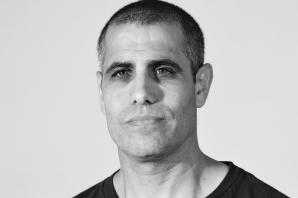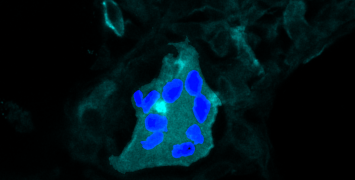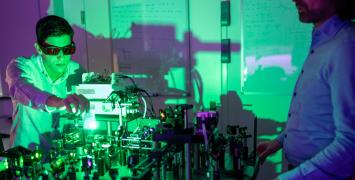Will 3D printed hearts solve organ donors shortage?
About the size of a big cherry, the first-of-its-kind 3D printed heart has cells, blood vessels, ventricles and chambers. This feat is the work of Prof. Tal Dvir and his team at Tel Aviv University. They managed to engineer such miniature organs using cells and biological materials that are originated from human patients. Besides the remarkable technical achievement, this breakthrough could potentially be the answer to the shortage of organ donors in the future.

Ischemic heart diseases (IHD), characterised by reduced blood supply to the heart, are the most common cause of death in the Western world. The condition accounts for more than 1.8 million deaths each year in Europe. Heart attacks are irreversible forms of the disease, accounting for a significant number of the patient population, and are associated with sudden death or severe physiological disability.
Cardiac muscle cells are unable to proliferate, and since the number of stem cells in the heart is limited, the only cure for end-stage heart failure are heart transplants. However, the number of donors is low, and complications due to implant rejection constitute a major hitch. Thus, there is an urgent need to develop new strategies that will promote heart regeneration, and tissue engineering could be a genuine regenerative therapeutic alternative.
Early results
By extracting fatty tissue from a patient and processing it into “bio-ink” for the printing, the team recently managed to 3D print a heart made of patient-specific cells and biological materials.
Biocompatibility of engineered materials is crucial to eliminating the risk of implant rejection, which jeopardises the success of treatments, said Prof. Dvir in an interview for Newsweek.
Although way too early to be used for humans, this result is a significant step forward that could revolutionise the field of tissue engineering and regenerative medicine. While they still have significant challenges to overcome, the team plans to eventually test out 3D printed hearts in animal models.
Maybe in 10 years, there will be organ printers in the finest hospitals around the world, and these procedures will be conducted routinely,said Prof. Dvir in an interview for Cnet.
To gain a tighter control over the function of the engineered tissues and organs, the group is also developing a conceptually new approach of engineering the next generation smart implantable cardiac patches. These patches, a subtle combination of sophisticated electronics and engineered cardiac tissues, will enable the real-time monitoring of the organ. The integrated devices will allow to remotely control the function of the patch, provide reports on the cardiac electrical activity and, when needed, automatically activate regenerative processes.
Watching this video you are accepting Youtube cookies policy
Biography
Prof. Tal Dvir is an Associate Professor at the Department of Biotechnology at Tel Aviv University (TAU). He holds a PhD in Biotechnology Engineering from the Ben-Gurion University of the Negev with a focus on cardiac tissue engineering and regeneration. He pursued postdoc studies in the Department of Chemical Engineering at the MIT where he focused on nanotechnology strategies for engineering complex tissues. In 2011, the Department of Biotechnology and the Centre for Nanotechnology at Tel Aviv University recruited Prof. Dvir to establish the Laboratory for Tissue Engineering and Regenerative Medicine. In 2013, he also joined the newly created Department of Materials Science and Engineering.






